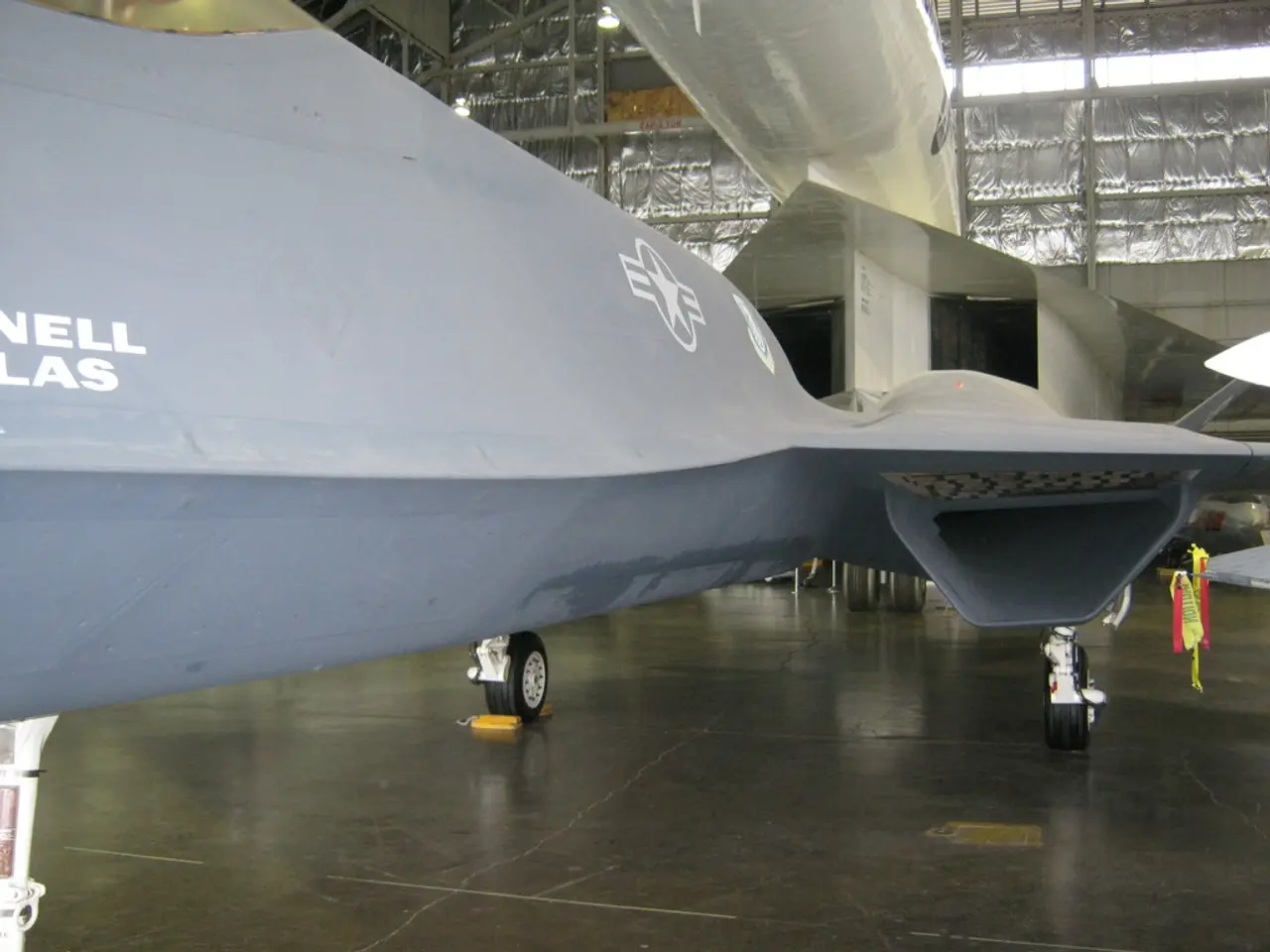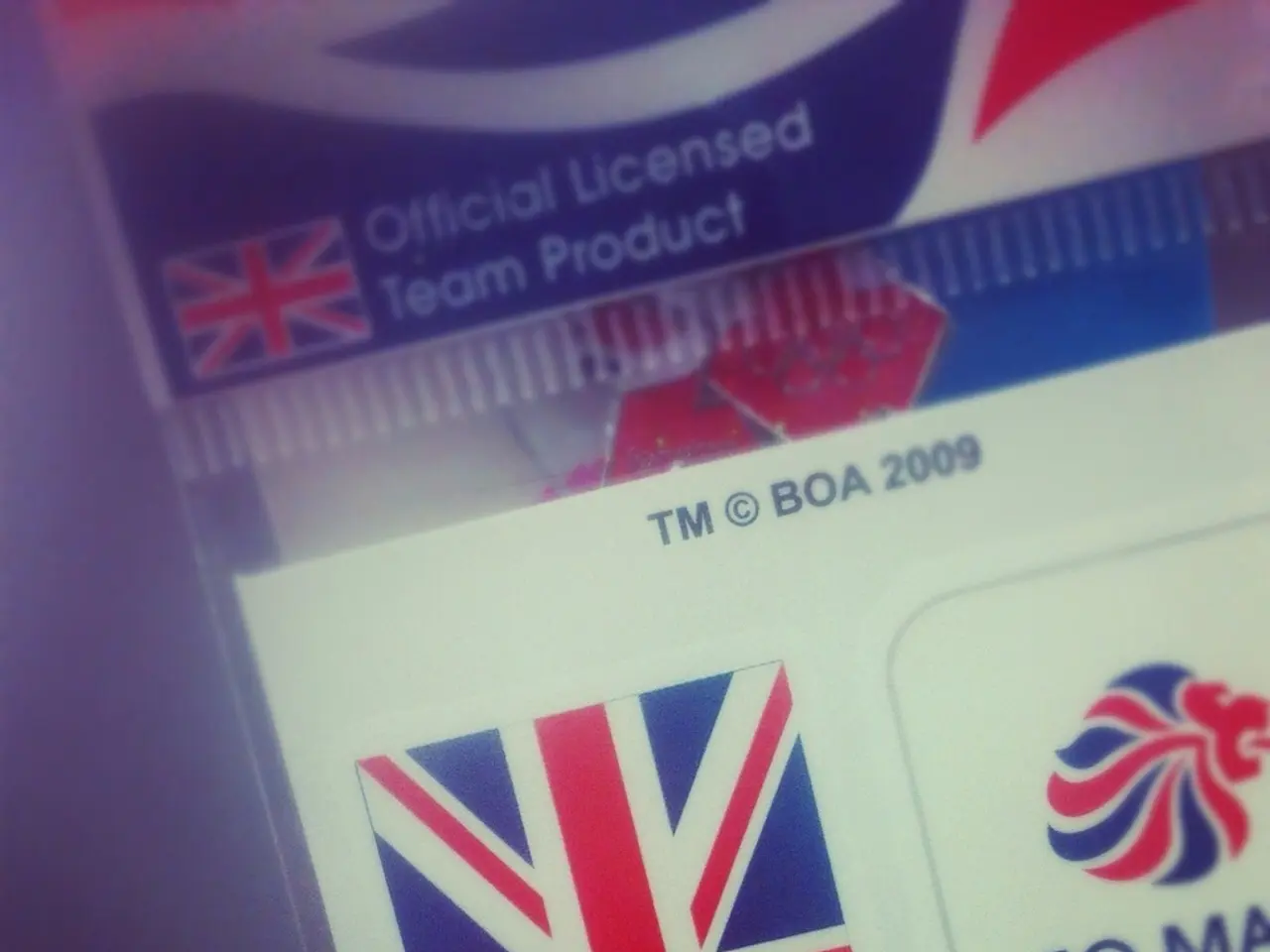Revolutionizing Asset Tracking Precision with Ultra-Wideband Technology
In the fast-paced world of logistics, the need for accurate, efficient, and robust tracking solutions has never been more crucial. Enter Ultra-Wideband (UWB) technology, a cutting-edge innovation that is transforming logistics operations by providing exceptionally precise real-time location services (RTLS) and asset tracking with centimeter-level accuracy.
### Real-world Applications and Benefits of UWB in Logistics
UWB's precise tracking capabilities are particularly beneficial in complex environments such as warehouses, manufacturing plants, and transportation hubs. By offering centimeter-level accuracy, UWB surpasses typical RFID or Wi-Fi solutions that have meter-level accuracy, enabling exact localization of tools, equipment, pallets, and goods.
This high accuracy translates into tangible operational benefits. For instance, a U.S. manufacturing plant using UWB RTLS reduced downtime by up to 30%, demonstrating direct cost savings and increased throughput. UWB's robust performance in metal-dense and cluttered industrial settings also sets it apart, as other technologies like Bluetooth Low Energy (BLE) or Wi-Fi may struggle due to interference or signal reflections.
Modern UWB RTLS systems, such as those from Zebra and Arduino, offer easy installation with minimal sensor count covering large areas (up to 200 meters range), enabling scalable asset visibility with fewer hardware requirements. Furthermore, UWB supports smart logistics, including dynamic route optimization for autonomous guided vehicles (AGVs) following workers, secure item transportation with proximity alerts, and integration with IoT for temperature or access control monitoring.
### Comparison with Other Tracking Technologies
Compared to BLE or RFID, UWB delivers far superior accuracy and reliability in demanding logistics and manufacturing environments. While BLE and RFID excel in low-cost or less precision-critical applications, UWB offers centimeter-level location accuracy, robust performance in complex environments, and the ability to integrate with various enterprise software systems for operational insights.
| Feature | Ultra-Wideband (UWB) | Bluetooth Low Energy (BLE) | RFID | |-----------------------|------------------------------------|-------------------------------------|------------------------------------| | **Location Accuracy** | Centimeter-level (<30 cm) | Meter- to decimeter-level (20 cm) | Generally meter-level or less | | **Range** | Up to 200 meters | Typically 10-50 meters | Short to medium, depending on type | | **Interference** | Robust in metal/complex environments | Susceptible to interference and signal loss | Limited by line-of-sight or proximity | | **Energy Consumption**| Moderate, requires power for tags/sensors | Very low energy, long battery life | Passive RFID has no battery; active RFID consumes more | | **Integration** | Requires dedicated infrastructure | Integrates with smartphones and existing devices | Widely used for inventory control at low cost | | **Use Cases** | Precise asset tracking, AGVs, RTLS | Indoor navigation, proximity marketing, asset tracking in less complex environments | Inventory management, access control |
### Summary
UWB technology in logistics provides high-precision, scalable, and robust asset tracking and location services, translating into significant operational benefits such as reduced downtime, enhanced asset visibility, and automation capabilities. Its accuracy and performance in complex industrial settings set it apart from other tracking technologies like BLE and RFID, making it an invaluable tool for modern logistics and warehouse management.
The FiRa Consortium, an industry alliance dedicated to promoting interoperability and the widespread adoption of UWB technology, plays a crucial role in ensuring seamless integration across various UWB devices from different manufacturers. As UWB technology continues to evolve and improve, it is poised to revolutionize logistics operations and reshape the future of warehouse management.
References: [1] Zebra Technologies. (2020). Zebra UWB RTLS: Delivering Real-Time Location Services for the Intelligent Enterprise. Retrieved from https://www.zebra.com/content/dam/zebra/manuals/products/data-capture/rs510/Zebra_UWB_RTLS_Whitepaper.pdf
[2] Arduino. (2021). Ultra-Wideband (UWB) Positioning System for Asset Tracking. Retrieved from https://www.arduino.cc/projecthub/alex_murray/ultra-wideband-uwb-positioning-system-for-asset-tracking-86b455
[3] FiRa Consortium. (2021). FiRa Consortium. Retrieved from https://fira.org/
[4] IEEE Standards Association. (2019). IEEE 802.15.4z-2019: Amendment 1 to IEEE Std 802.15.4-2015, Ultra-Wideband (UWB) Physical Layer and Media Access Control (MAC) and PHY Services for Low-Rate Wireless Personal Area Networks (LR-WPANs). Retrieved from https://ieeexplore.ieee.org/document/8662481
[5] IEEE Standards Association. (2012). IEEE Std 802.15.4a-2012: Amendment 1 to IEEE Std 802.15.4-2006, Physical Layer and Media Access Control (MAC) Specifications for Low-Rate Wireless Personal Area Networks (LR-WPANs). Retrieved from https://ieeexplore.ieee.org/document/6113120
- The integration of UWB technology into business operations, particularly in the logistics industry, allows for more efficient and accurate data-and-cloud-computing, as it offers precise asset tracking and real-time location services.
- By reducing downtime by up to 30% through the use of UWB technology, supply chain efficiency and overall business finance are significantly improved.
- The advanced capabilities of UWB technology in logistics, such as dynamic route optimization for autonomous guided vehicles (AGVs) and proximity alerts for secure item transportation, are made possible through its integration with modern technology and enterprise software systems.
- The robustness and scalability of UWB technology in complex environments, along with its interoperability due to the efforts of organizations like the FiRa Consortium, make it a strategic asset in the ongoing evolution of manufacturing and warehousing within various sectors of the business industry.




